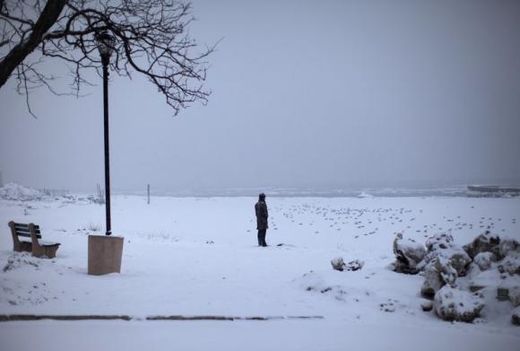
A fresh storm was due to stretch from Wyoming to Michigan on Monday evening and cross all the way to Maine by Tuesday, meteorologists predicted.
Warmer air mixing in from the South will create messy conditions of icy rain in parts of the Midwest and Northeast, said Accuweather.com.
Icy travel conditions are expected in St. Louis, Chicago, Indianapolis, Cincinnati, Pittsburgh, Philadelphia, New York and Boston, the weather website said.
Three to four more inches of snow is likely with the next storm in Connecticut and Massachusetts, the National Weather Service said.
Boston, which posted its coldest February on record and its second-snowiest ever, was likely to see two to four inches of new snow on top of the more than 102 inches recorded so far this winter.

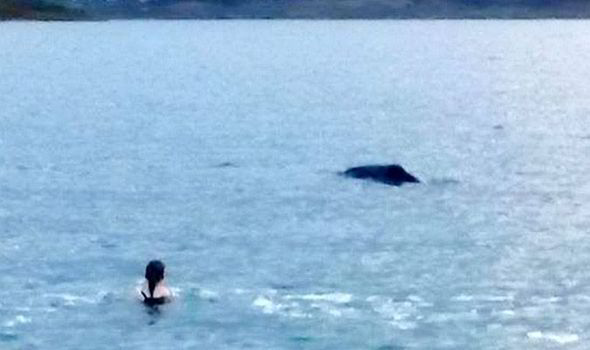
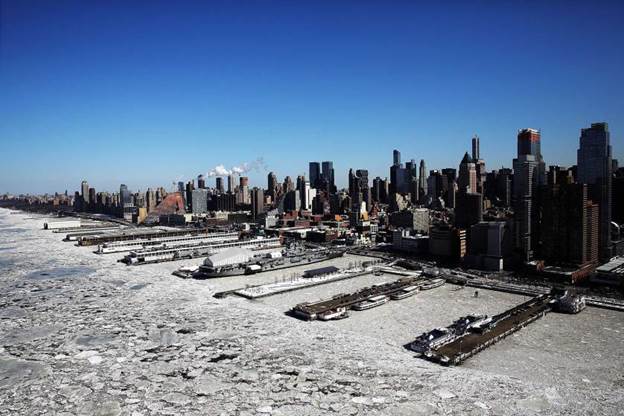
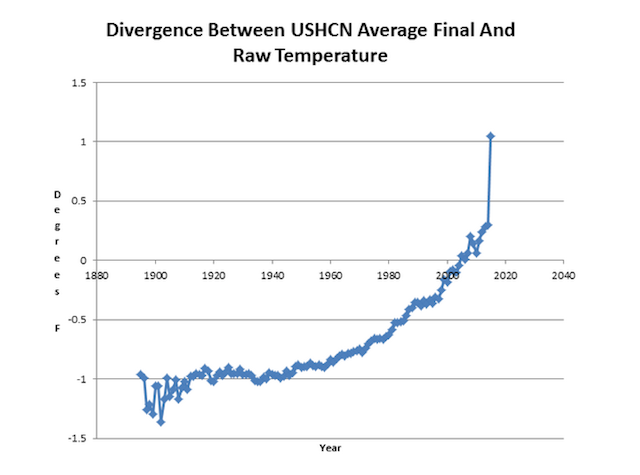
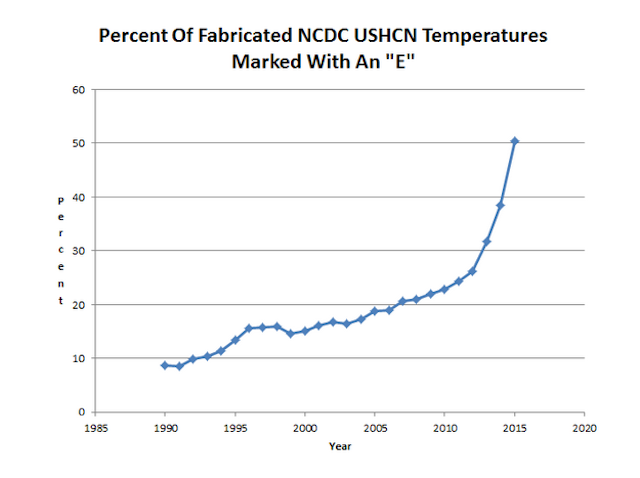
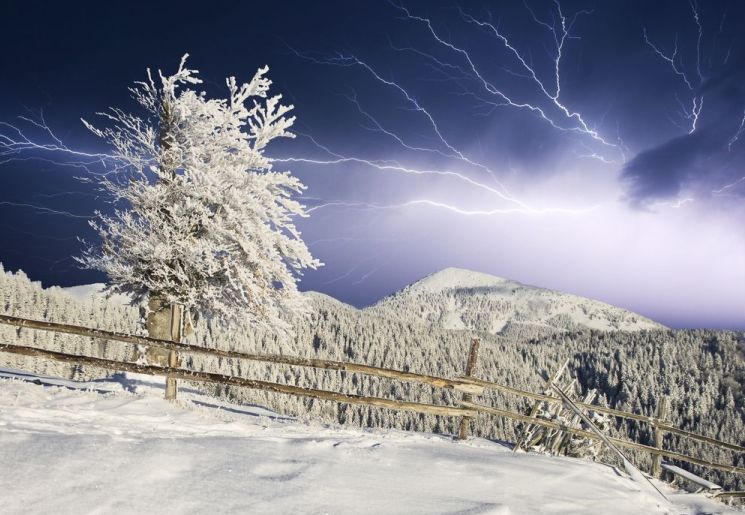
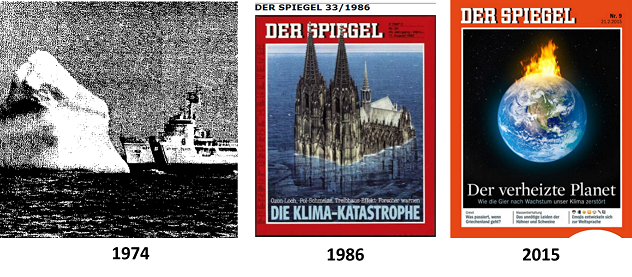
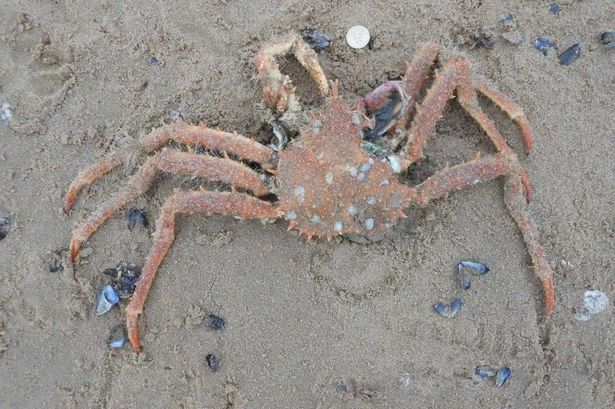
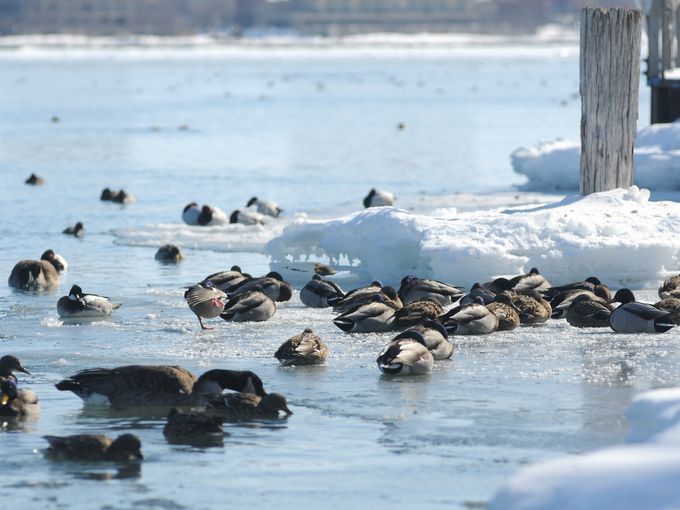
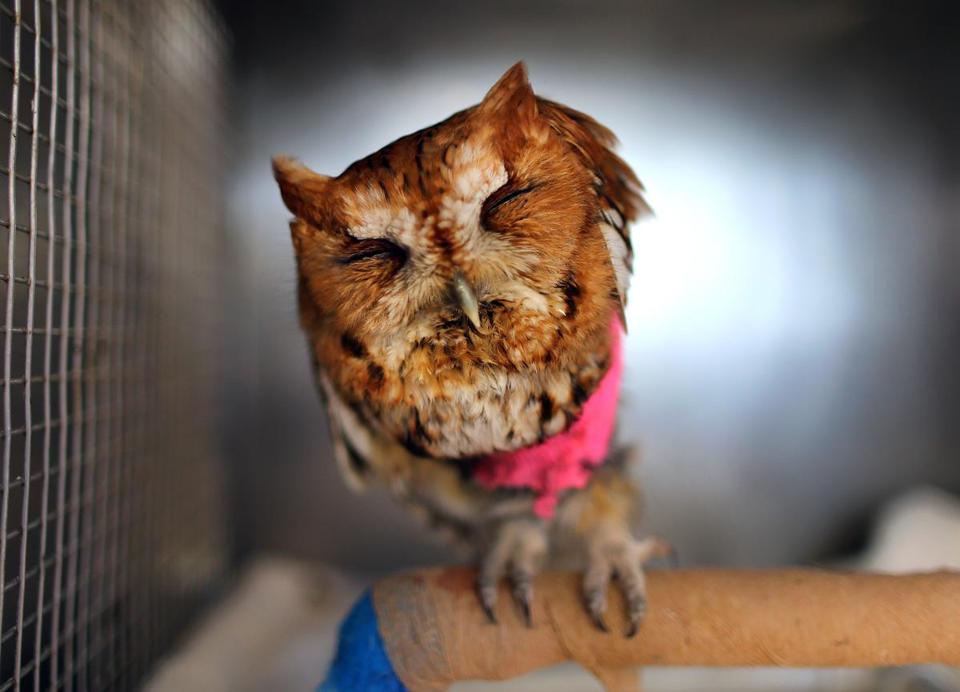



Comment: Despite the desperate propaganda from the global warmists, this year's harsh winter shows no signs of abating soon.